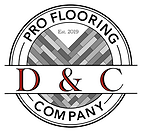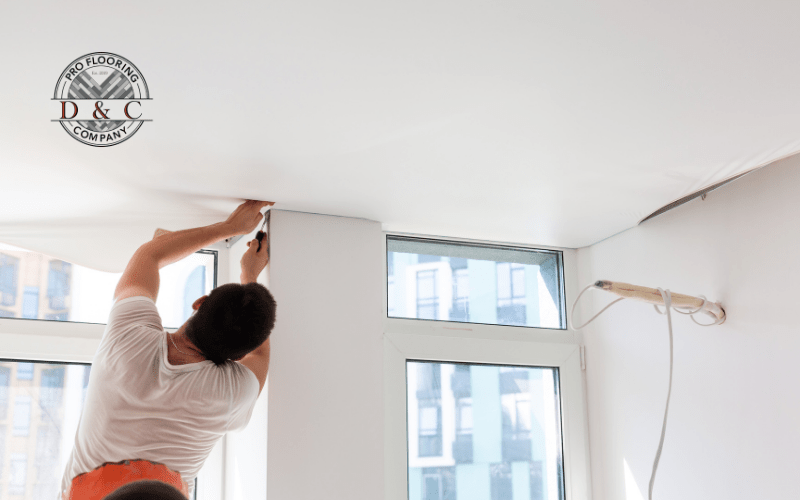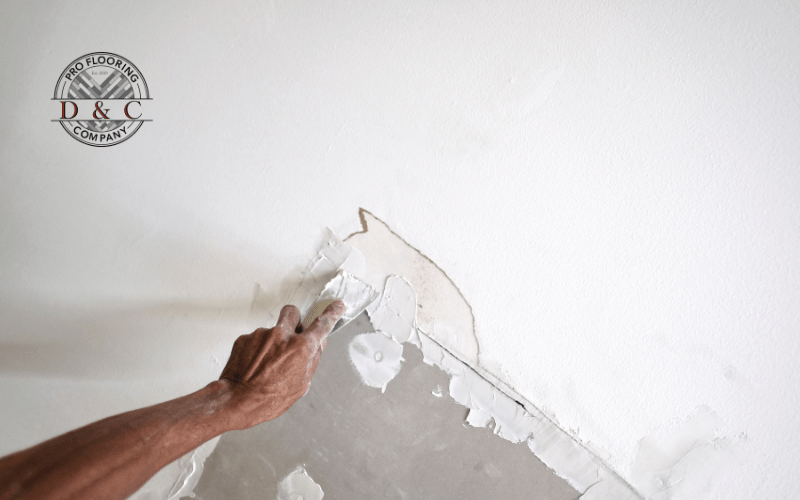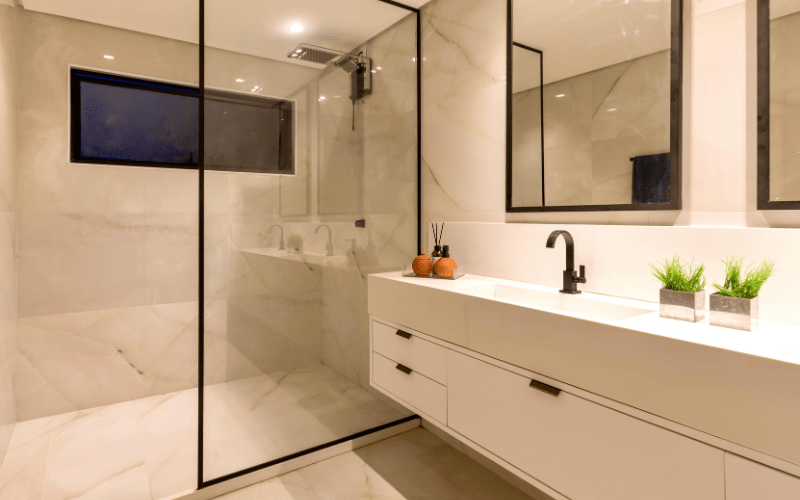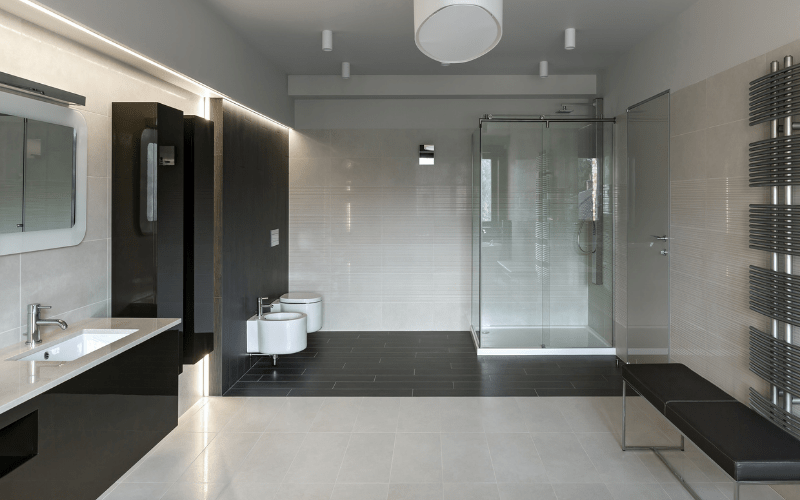Let’s be honest—drywall isn’t exactly glamorous. It’s not something you post on Instagram for likes. But if you’re looking for a drywall installation company in Lake Stevens, Washington, it’s probably because you need it done right. No shortcuts. No headaches. Fast. Reliable.
Maybe it’s a home remodel. Maybe a pipe burst and ruined a wall. Or maybe that basement you’ve been promising yourself for years is finally getting finished. Whatever the reason, drywall seems simple… until it’s not. And when it’s done wrong? You notice. Every seam, every bump, every shadow line stands out like it’s shouting at you.
That’s why D&C Pro Flooring is the go-to choice in Lake Stevens. These folks don’t just hang sheets of drywall—they know the local homes inside and out. Moisture quirks, older framing, shifting walls—D&C Pro handles it all. They make sure seams are smooth, corners are perfect, and every wall looks solid. You get walls that aren’t just “okay,” but actually feel right.
In this guide, we’ll break down everything you need to know: the types of drywall, the installation steps, common mistakes to avoid, and how a pro like D&C Pro Flooring makes the difference between a so-so wall and one that’s flawless. By the end, you’ll see why trusting the right team matters—and why D&C Pro Flooring consistently delivers results Lake Stevens homeowners love.
Key Takeaways
- Proper drywall installation affects the look and feel of your entire home.
- Lake Stevens’ moisture levels make choosing the right drywall critical.
- Pros prevent cracks, bumps, and uneven seams you’d notice immediately.
- Understanding the process helps you avoid overpaying or being misled.
- D&C Pro Flooring delivers smooth, durable walls that last.
Why Drywall Installation Services in Lake Stevens, Washington Matter
Drywall seems simple, right? Sheets, screws, mud, done. Nope. Not even close. It’s a craft. And there’s a big difference between “up” and “done right.”
Homes in Lake Stevens aren’t cookie-cutter. Moisture. Settling. Temperature swings. Small things that make a huge difference in how drywall behaves.
Moisture is sneaky. Washington homes deal with it year-round. Even if your house feels dry, the walls disagree. Standard drywall in a damp area? Bad idea. You’ll regret it.
Older homes shift. Not dramatically, but enough for cracks if seams aren’t reinforced. One client had recurring cracks every few months. We redid the joints. Correct tape, compound. Problem solved. Simple fix, expensive mistake avoided.
Types of Drywall You Need to Know
Standard Drywall
The bread-and-butter. Cheap, reliable, works almost anywhere dry. Bedrooms, living rooms, hallways. Paints well. Easy to work with. But keep it out of damp spaces unless you like mold surprises.
Moisture-Resistant Drywall
Green board, purple board… all the same idea. Use in bathrooms, laundry rooms, or basements. Not waterproof, but it resists moisture way better than standard. Slightly pricier. Way cheaper than fixing mold later.
Pro Tip: Even slightly musty basements? Don’t risk it. Green board. Just do it.
Fire-Rated Drywall
Thicker, heavier, code-required in areas like garages. Slows fire spread. Protects your home. Not fun, but very necessary.

The Drywall Installation Process
Here’s what pros do differently.
Step 1: Evaluation & Measuring
They don’t just slap up boards. Measure, check studs, inspect moisture, anticipate cracks. Bad measurements = ugly walls. Period.
Step 2: Choosing the Right Drywall
Different rooms need different drywall. Lake Stevens’ climate? Moisture hides in funny places. A pro chooses wisely. Standard in a laundry room? Rookie mistake. Green board saves headaches.
Step 3: Installation
Heavy boards, awkward angles. Proper screw depth, cuts around outlets, vents, fixtures. Alignment matters. Little details = big difference.
Step 4: Taping, Mudding, Sanding
Magic happens here. Or disasters. Too much mud? Messy. Too little? Seams visible. Wrong sand? Bumps everywhere. Pros know the coats, the timing, and how to avoid cracks months later.
Step 5: Texture & Finishing
Smooth, knockdown, orange peel. Texture hides flaws, but must be even. Done poorly? Looks worse than no texture at all.
Cost Factors
Drywall pricing varies. Depends on:
- Square footage
- Drywall type
- Room layout complexity
- Repairs needed
- Finishing/texture choices
- Ceiling height
- Disposal fees
Pro tip: a good contractor breaks it all down. If they don’t, consider it a red flag.
Choosing the Right Drywall Contractor in Lake Stevens
Local Experience
Lake Stevens drywall is different. Moisture. Seasonal shifts. Pros who’ve only worked in dry areas don’t get it.
Check Finishing Work
Amateurs? Visible seams. Uneven surfaces. Pros? Seamless walls that feel solid.
Material Options
If they only offer standard drywall everywhere, walk. You need moisture-resistant and fire-rated where appropriate.
Communication
Clear timeline. Material lists. Potential issues. Expected visits. Avoid ghosting. D&C Pro Flooring does weekly updates. Keeps everything clear.
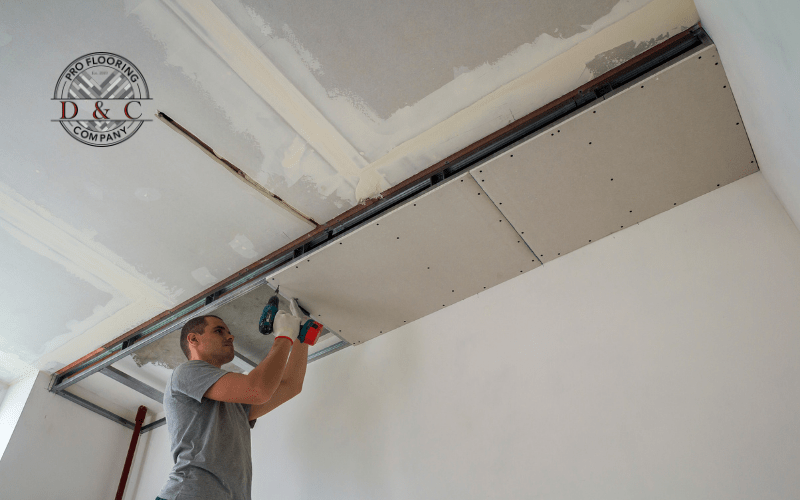
Conclusion
Drywall isn’t glamorous, but it’s essential. Good drywall makes your rooms feel polished, solid, and livable. Bad drywall? You notice it every day.
Choosing the right drywall installation company in Lake Stevens, Washington matters. D&C Pro Flooring delivers smooth, durable walls, with experience and care. First-time right. No regrets.
Call to Action
Want walls that actually look and feel perfect?
Contact D&C Pro Flooring today for expert drywall installation in Lake Stevens. Honest pricing. Fast service. Work that lasts.
FAQs
Q: How much does drywall installation cost in Lake Stevens?
A: Depends. Most jobs range $1.50–$3 per sq. ft., materials included. Complexity and ceiling height can increase costs.
Q: How long does a drywall job take?
A: Typically 3–7 days for average rooms. Larger or textured jobs take longer.
Q: Do I need to move furniture?
A: Yes. Walls create dust. Clear the room if possible. Pros help minimize mess.
Q: Can I live in my home during installation?
A: Usually, yes. Dust is unavoidable, but it’s manageable. Some clients stay, some move temporarily.Q: What’s the difference between standard and moisture-resistant drywall?
A: Standard is for dry spaces. Moisture-resistant (green/purple board) is for bathrooms, basements, and laundry rooms. Saves mold headaches later.
